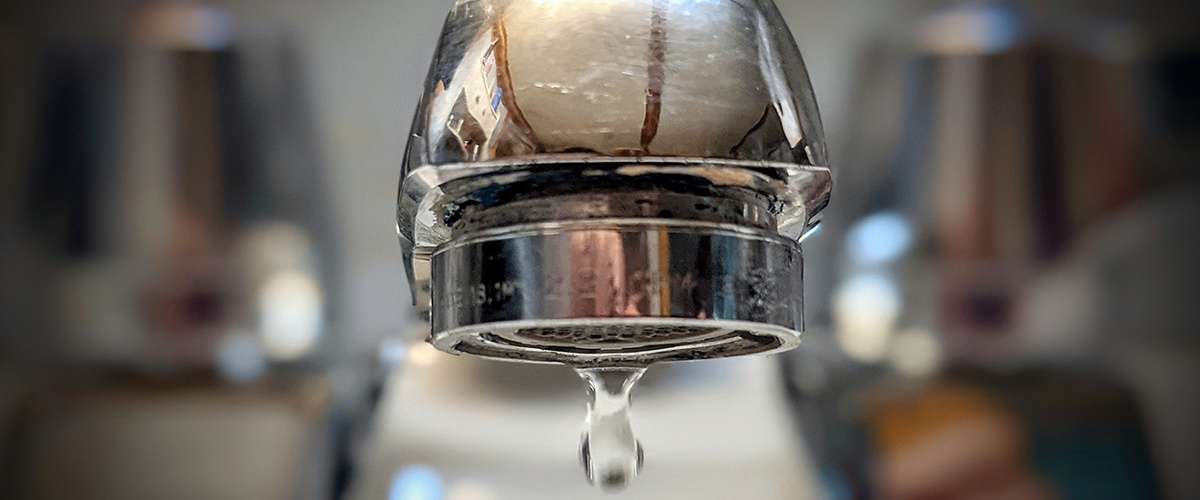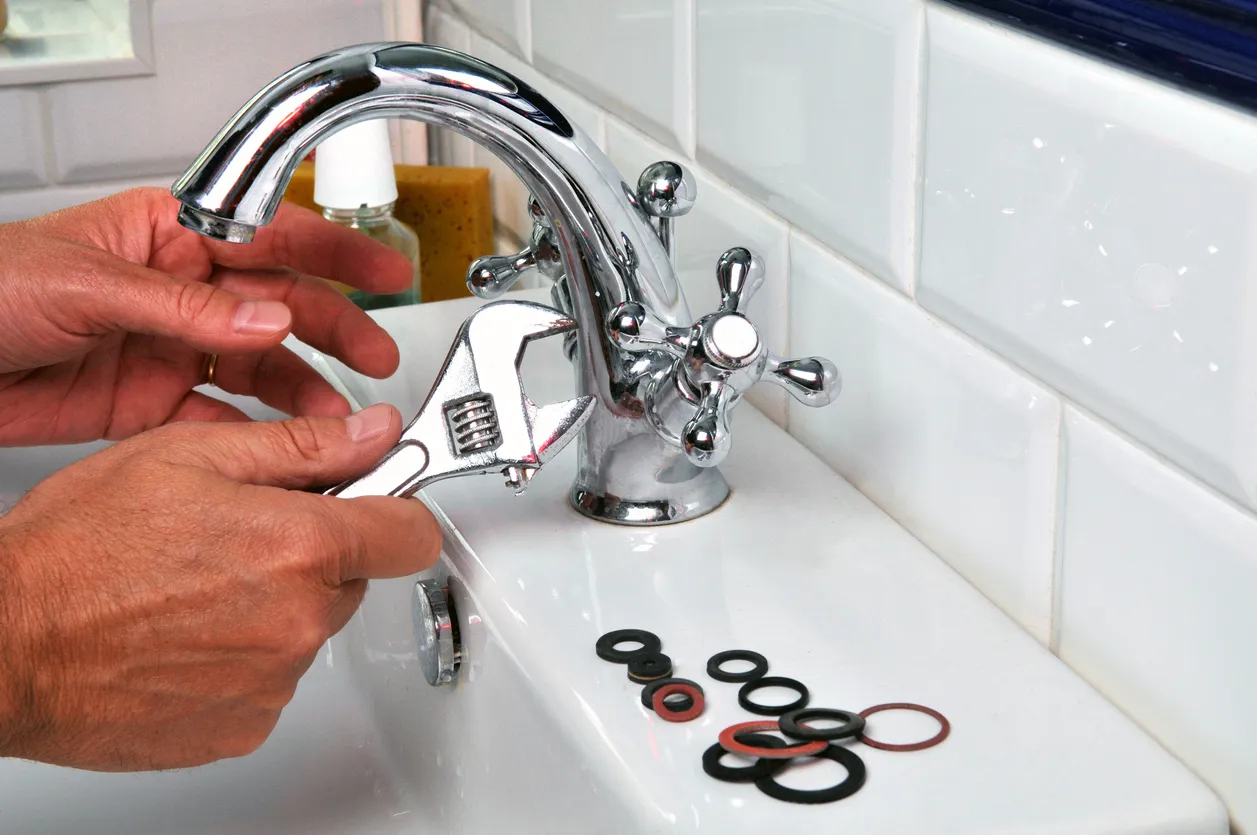We've encountered this great article relating to Why Is It Important To Fix Your Leaking Tap/Faucet? down the page on the internet and reckoned it made perfect sense to discuss it with you over here.

Trickling faucets might feel like a minor inconvenience, however their effect exceeds simply the aggravation of the sound. From wasting water to sustaining unneeded monetary expenses and wellness threats, neglecting a leaking faucet can bring about numerous effects. In this write-up, we'll delve into why it's critical to resolve this usual household concern quickly and successfully.
Wastefulness of Water
Ecological Effect
Leaking faucets add substantially to water waste. According to the Environmental Protection Agency (EPA), a single faucet leaking at one drip per second can lose more than 3,000 gallons of water per year. This not only pressures water resources but likewise influences environments and wild animals based on them.
Step-by-Step Guide to Taking Care Of a Dripping Faucet
Tools Called for
Before attempting to deal with a leaking tap, collect the needed tools, consisting of an adjustable wrench, screwdrivers, replacement parts (such as washing machines or cartridges), and plumber's tape.
Typical Tap Issues and Their Solutions
Determine the sort of faucet and the details problem triggering the drip. Typical troubles consist of damaged washers, rusty shutoff seats, or defective O-rings. Describe supplier guidelines or on the internet tutorials for detailed guidance on repairs.
Financial Expenses
Enhanced Water Bills
Past the environmental influence, dripping faucets can blow up water bills substantially. The accumulated waste with time equates into greater utility expenses, which could have been prevented with prompt fixings.
Prospective Home Damage
Moreover, prolonged dripping can bring about damage to components and surface areas surrounding the tap. Water buildup can trigger staining, rust, and also structural issues if left unattended, causing added repair service costs.
Health and wellness Worries
Mold and Mildew Development
The continuous presence of dampness from a dripping tap produces a suitable environment for mold and mildew and mildew growth. These fungi not only endanger interior air quality yet also pose health and wellness risks, especially for people with respiratory conditions or allergies.
Waterborne Diseases
Stationary water in leaking taps can end up being a breeding place for microorganisms and various other microorganisms, enhancing the threat of waterborne illness. Contaminants such as Legionella microorganisms thrive in stationary water, possibly resulting in major illnesses when consumed or inhaled.
Do it yourself vs. Specialist Repair
Pros and Cons of DIY Repair Service
While some might attempt to repair a leaking tap themselves, do it yourself fixings include their own collection of difficulties. Without correct knowledge and tools, do it yourself efforts can intensify the problem or result in insufficient repairs, extending the issue.
Advantages of Working With a Professional Plumber
Hiring a specialist plumber guarantees that the underlying root cause of the leaking tap is attended to effectively. Plumbing professionals have the experience and tools to detect and fix faucet issues efficiently, conserving time and reducing the risk of more damages.
Ecological Obligation
Private Payment to Preservation
Taking duty for taking care of leaking faucets aligns with more comprehensive efforts towards water preservation and environmental sustainability. Every individual's activities jointly make a considerable effect on maintaining priceless resources.
Lasting Living Practices
By focusing on punctual repair services and adopting water-saving habits, people add to lasting living methods that benefit both existing and future generations.
Preventive Measures
Regular Maintenance Tips
To stop leaking faucets, do routine upkeep such as cleaning aerators, evaluating for leaks, and replacing damaged parts immediately. Additionally, take into consideration installing water-saving gadgets or updating to more effective fixtures.
Value of Prompt Services
Dealing with dripping taps as quickly as they're seen stops additional water waste and possible damages, inevitably saving both water and money in the future.
Effect On Building Value
Assumption of Well-Maintained Residential Or Commercial Property
Keeping a residential or commercial property in good condition, including addressing maintenance problems like dripping taps, boosts its perceived worth and value among prospective purchasers or tenants.
Influence on Resale Value
Properties with well-kept plumbing components, consisting of taps, command greater resale worths in the realty market. Resolving dripping taps can contribute to a positive perception throughout residential or commercial property evaluations and arrangements.
Final thought
Attending to a dripping faucet surpasses mere benefit; it's an essential step towards preserving water, decreasing monetary prices, and protecting health and wellness and building. Whether through DIY repairs or professional support, taking action to fix trickling taps is a little yet impactful way to promote liable stewardship of sources and contribute to a healthier, extra sustainable future.
How to Fix a Leaky Faucet: Step-by-Step Repair Guide
A leaky faucet may seem like a simple annoyance, but if it's not fixed promptly, that leak could cost hundreds to potentially thousands. From water damage to mold, mildew, and high water bills, even a tiny leak can be catastrophic if left unattended. Damage like this can even affect the overall value of your home, so it's important to take the right approach for leaky faucet repair. You may need the help of a plumber in some cases, but we've got a few tips you can try on how to fix a leaky faucet before calling the pros.
Four Faucet Types
When you're learning how to fix a leaky faucet, the first step is knowing what kind of faucet you're working with! There are four common types.
Cartridge Faucets
Cartridge faucets come in one- or two-handled varieties. In one-handled cartridge faucets, hot and cold water combines in a single cartridge. In the two-handled versions, hot and cold water are controlled separately and mixed in the faucet.
Ball Faucets
Ball faucets have a single lever you push up and down to adjust the pressure and rotate to change the temperature. A slotted metal ball controls the amount of water allowed into the spout.
Compression Washer Faucets
They're the oldest type of faucet, but they're still used in many homes — especially older ones. Compression faucets have two separate handles that, when turned, raise or lower the washer that seals a water valve. This valve stops water from flowing through the faucet when it is turned off.
Disc Faucets
Disc faucets rarely need to be repaired due to their maintenance-free design. The water flow is controlled by two discs — the upper one raises and lowers against a fixed lower disc, creating a watertight seal. If your disc faucet starts leaking, you may need to replace the seals or clean residue buildup from the inlets.
Fixing a Leaky Faucet
Step 1: Turn Off the Water
Whether you're learning how to fix a leaky bathtub faucet or how to fix a leaky kitchen faucet, always turn off the water supply to your working area when you're fixing a leak. The last thing you want is a flood added to your list of things to fix.
Look for the shutoff valves below your sink or around the tub and turn them clockwise to stop the water flow. If your faucet doesn't have shutoff valves, you may need to turn off the water for the whole house. Check to make sure it's off by turning the faucet on. If nothing comes out, you're ready to start the repair.
Step 2: Take Apart the Faucet
How you disassemble your faucet depends on the type of fixture you have. You can use a flathead screwdriver to remove the caps on top of the handle or handles for cartridge and compression faucets. Inside, you should see handle screws. Unscrew these with a screwdriver to remove the handle.
Disc- and ball-style faucets will typically have an inlet screw near the handle, and removing that will reveal the interior of the faucet.
Detach the Valve Stem
For cartridge- and compression-style faucets, you'll see the inner valve stem or cartridge once you remove the faucet handles. If you have a compression faucet, unscrew the brass valve stem. If you have a cartridge faucet, pull out the cartridge. If your cartridge has been in place for a while, it may require some tools or extra force to remove it due to mineral deposits.
Examine and Replace Parts
Once you've removed the parts, check them out to confirm what needs to be replaced. You may see corroded rubber washers, O-rings, stems, or cartridges. On a ball-style faucet, check the seats and springs for damage.
If you need to repair a leaky disc faucet, check the inlet and seals on the lower disc.
Once you determine what parts must be replaced, visit your local hardware store. Bring the damaged parts with you to ensure you can purchase the correct components to replace them.
Clean Valves and Faucet Cavity
If you've removed a stem or cartridge, you may notice mineral buildup in the faucet's threads. Use white vinegar to clean the valve seat by soaking it for a few minutes, then scrub it away with a soft toothbrush and rinse with warm water. You can also clean the interior of the faucet in the same way.
Reassemble the Faucet
Once your faucet is cleaned and the required parts have been replaced, it's time to reassemble it. Put the pieces back together and slowly turn the water supply back on. Doing this slowly is crucial because too much initial water pressure can damage the new hardware you've just installed.
https://homewarranty.firstam.com/blog/how-to-fix-leaky-faucet

Do you really like reading up on ? Put feedback further down. We'd be pleased to see your opinions about this blog posting. We are looking forward to see you back again later on. Appreciated our piece? Please share it. Help others find it. Bless you for being here. Come back soon.